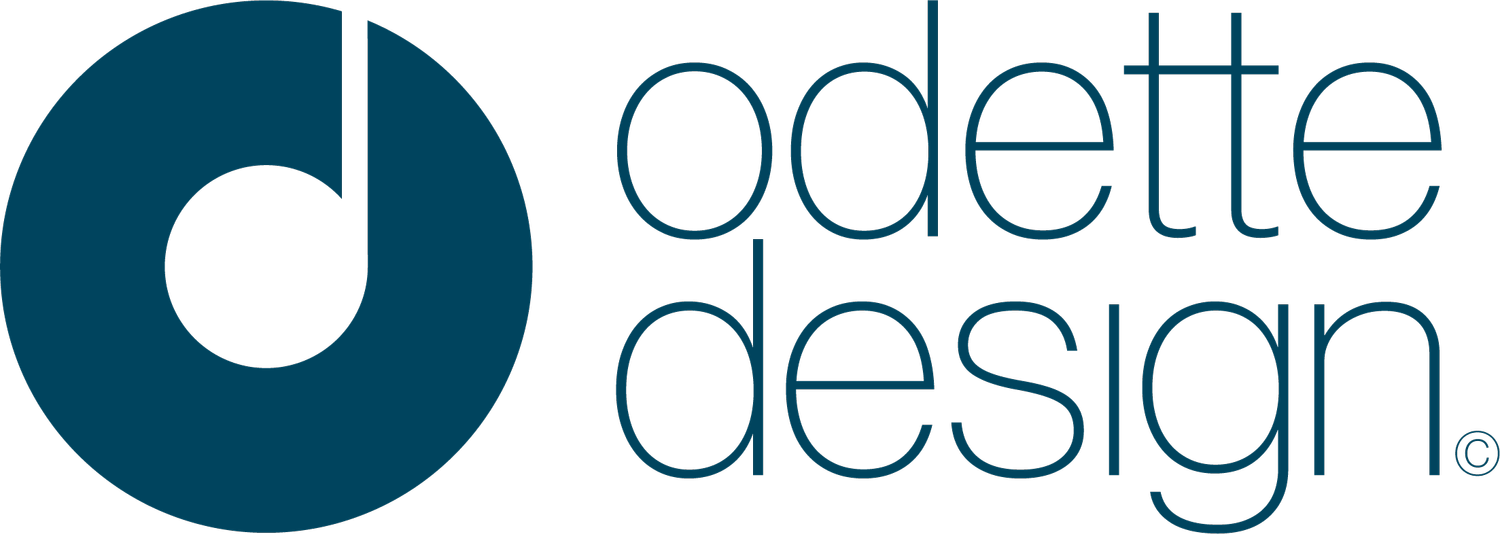Don’t make me think
REVISITED by Steve Krug
“A person of average (or even below average) ability and experience can figure out how to use the thing to accomplish something without it being more trouble than its worth”
Great write up by Bonnie Bakshi on Medium
And below I will just note out chapters and notes in order. It was an easy book to read with great points and humour. I read the earlier a long time ago, so was good to read again.
Krug’s first law:
DON’T MAKE ME THINK
Software should be self-evident. Obvious.
It should be self-explanatory. No effort to use.
Clear, no-jargon language
Use clear and consistent signifiers
If you can’t make something self-evident make it self-explanatory
HOW WE REALLY USE THE WEB
3 real-world facts:
We don’t read pages, we scan them
We don’t make optimal choices we satisfice
We don’t figure out how things work, we muddle through
DESIGN FOR SCANNING NOT READING
Take advantage of conventions
Be creative but ensure its still usable
Consistency is good but clarity trumps consistency
Creative effective visual hierarchies
Break up pages into clearly defined areas
Make is obvious what is clickable
Keep the noise down
(There’s 3 kinds: shouting, Disorganisisng, ClutterFormat text to support scanning
Use plenty of headings
Use short paragraphs
Use bullets
Highlight key terms and but not too many
USERS LIKE MINDLESS CHOICES
Its not necessarily about the number of clicks - more how ‘hard’ each click is
If the choice is unavoidably difficult ensure is: Brief. Timely. Unavoidable
Krugs’ second law:
“It doesn’t matter how many times I click, as long as each click is a mindless unambiguous choice.”
OMIT NEEDLESS WORDS
Edit well.
It reduces noise
Useful content becomes more prominent
‘Happy talk/sociable chatter must die
Instructions must die (everything should be self-explanatory. If absolutely necessary, keep it v short)
DESIGNING NAVIGATION
Navigation is the website. Take advantage of users mental models to form the navigation
Navigation:
Tells us what’s here
Tells us how to use the site
Gives us confidence in the people who built it
We should use web navigation conventions to aid quick location with minimum effort
Use persistent navigation on every page (but not forms – use minimal)
Navigation should have site ID/logo, Sections, Utilities, Back to home
People like to search. Provide it and make sure its smart
Work out the navigation for all levels of the site, not just the top few
Page names
Every page needs a name (heading)
It should be in the correct places – framing the content
Needs to be prominent
Name needs to match content when clicked
Show me where I am e.g. Using Bread Crumb trail
Tabs are good
Test one site (think test)
GET PEOPLE OFF ON THE RIGHT FOOT
Home page often needs to contain:
Site ID and mission
Site hierarchy (persistant nav)
Search
Teases – entices the user in
Content promos
Feature promos
Timely content
deals
Shortcuts
Registration
Also:
Show me what I’m looking for
… and what I’m not looking for (offers etc.)
Establish credibility and trust
and all the stakeholders will want a say!
Don’t lose the big picture – what the site is.
3 most important places that help get the message across:
The tagline
The welcome blurb
The ‘learn more’ (eg. video)
Use a good tagline
Ensure it is obvious where:
you start a search
you start your browsing
Where to find the best stuff
Don’t add too much to the home page – too much noise and content will get lost – think of other solutions
AVOID ARGUMENTS ABOUT USABILITY BY TESTING AND PRESENTING DATA
KEEP TESTS SIMPLE, THEY DON’T NEED TO COST A LOT
Test regularly (one morning a month)
Use 3 participants
You could in some instances use anyone to test with – you’ll stil learn stuff
Analyse the data and share it with your team
Fix the most important things first
MOBILE
All about making good tradeoffs between constraints whilst creating a good user experience
There is no hover function
Apps should be delightful, learnable, memorable [to use], usable
YOUR SOFTWARE SHOULD “DO THE RIGHT THING”
Don’t do user unfriendly things such as burying customer support phone numbers, be pushed to format data in a certain way etc.
Do things to convince the user you have their best interest at heart
ACCESSIBILITY
15% of the world population has a disability (over a billion people)
A disability happens as the point of interaction between a person and a society eg a deaf person facing an intercom to open a door
“It is not just a health problem, its a phenomenon reflecting the interactions between features of a person’s body and features of the society in which they live” The World Health Organisation
Inclusive design should consider the full range of human diversity and be prepared to create multiple solutions for everyone
Designing with user empathy and providing inclusive design solutions we will find that it also benefits many in excluding situations – with and without a disability

